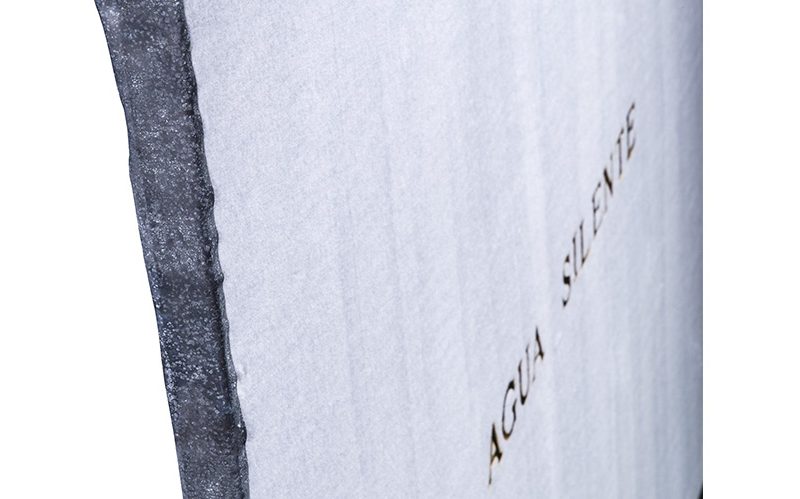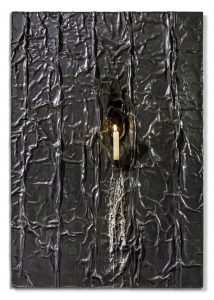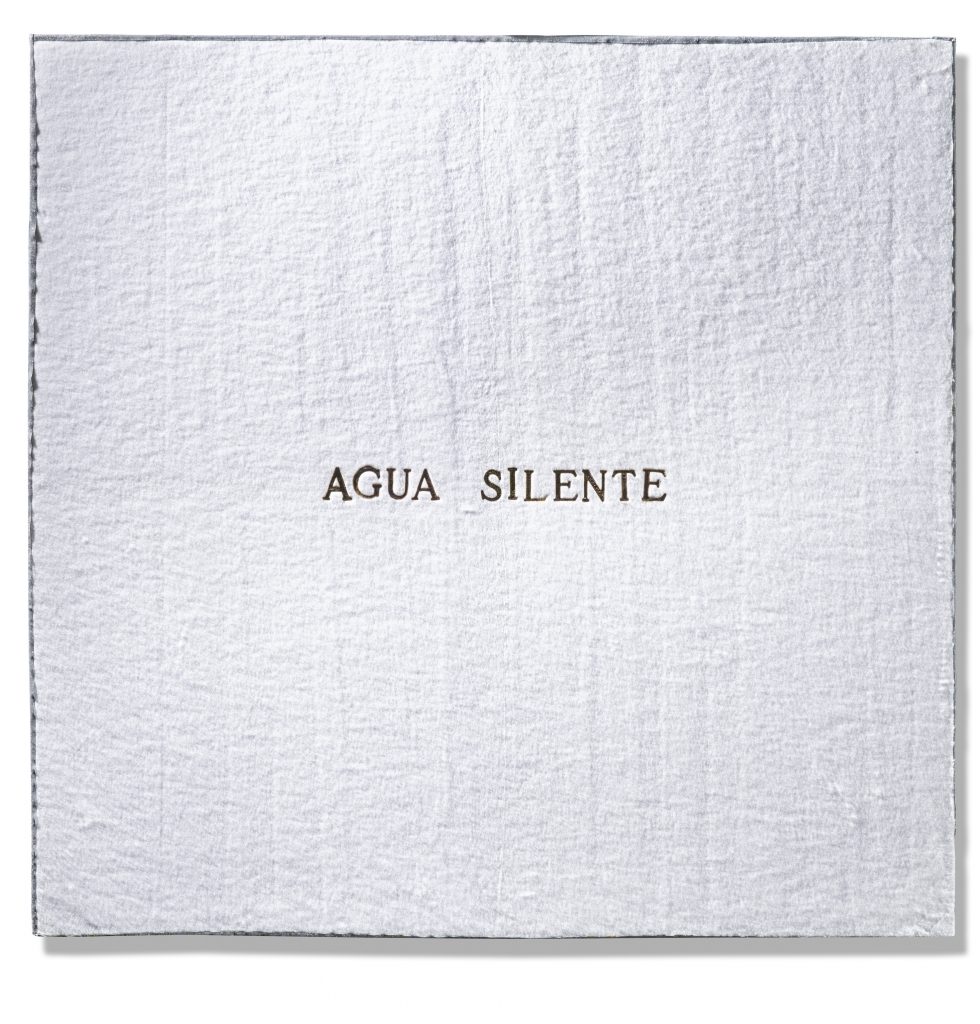
Initially, Pier Paolo Calzolari wanted to be a violinist. Without quite knowing how, he became artist instead. His career and concept of art as transformation and change developed in a similarly haphazard way. This ever-changing poetry is embodied in two works at Dorotheum.
“Consistency is by no means a part of me.” (Pier Paolo Calzolari)
Pier Paolo Calzolari was born in Bologna in 1943. He spent his childhood and youth in the lagoon city of Venice and immersed himself in its intangible atmosphere, the mysterious light that Giorgione captured in his paintings. In 1965, in search of an ideal place to develop his artistic expression and plastic vocabulary Calzolari began to travel the world: Bologna, Paris, New York, Berlin, Milan, Vienna, Crete, Morocco, …
He adopted a variety of artistic techniques ranging from sculpture and painting to performance, installation and video, which makes it difficult to classify his work. Although he is usually assigned to the Arte Povera movement, Calzolari does not fit any existing frame. He wrote “La Casa Ideale”, which is considered a key work of the movement initiated by Germano Celant, but did not meet any representatives of Arte Povera until Gian Enzo Sperone, a Turin gallery owner and supporter of Arte Povera won him over.
Like many Arte Povera artists, Calzolari uses ephemeral, fleeting, natural materials to create works whose poetry stems not from their final form but from the idea they evoke, the sentiment they emerge from, the sensation they trigger, the forgotten dream they return to reality.
The objects and materials he started to use in 1967 – fire, ice, lead, tin, felt, salt, tobacco – are filled with life in his assemblages; they assume a symbolically evocative significance and appear as living protagonists of reality.
The fact that Calzolari uses these materials to search for the absolute clearly demonstrates his concept of art as perpetual transformation and change. His work is dominated by the interplay between random events and the meaning of that which exists. He always stressed that “consistency is by no means a part of me”. And it is true that his works are characterized by constant movement and continuous change. The poetry and formal elegance of his creations, the fundamental conceptual refinement and beauty of his solutions, which result from his appreciation of the intrinsic quality of the materials, make Calzolari a key figure of Italian and international art from the late 1960s. He is as close to Arte Povera and concept art as he is to American minimalism or the artistic designs of Joseph Beuys.
The value of Calzolari’s work is steadily increasing, and his name assumes a very special place at Italian art auctions around the world. Nevertheless, Calzolari says he has a difficult relationship with his œuvre and more often attempts to repurchase them than to sell them. What does he think will remain of his art? “Hopefully the curiosity, the silence, an emotional whisper. Something will survive … it’s too early to tell.”

Untitled, 1970
lead and candle on board, 103 x 72 x 8 cm
price realised € 149.400
Two great examples of Calzolari’s poetry are up for auction at Dorotheum on 22 November this year. In one work from 1970, the flickering light of a candle lights up a corrugated lead surface and makes it appear dramatic, secretive and fascinating. The second, created in 1974, uses snow-white felt with a strong surface structure; in the centre, burnt-in letters form the words “Agua Silente” (Silent Water).

Agua Silente, 1974
lead, letters burnt into felt, 100 x 100 cm
price realised € 137.200
Find more Italian Contemporary Artists!













